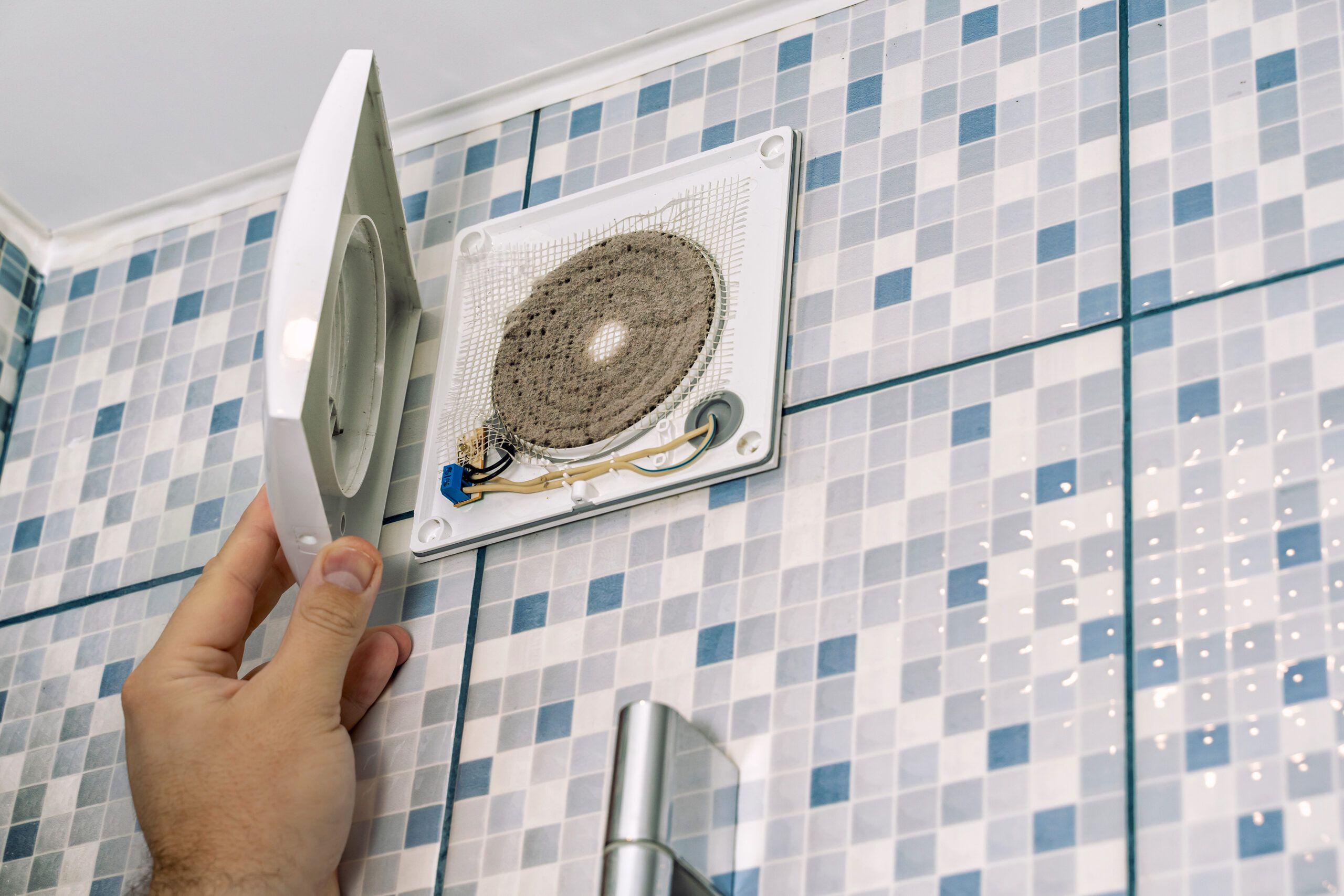

Articles
How To Fix Bathroom Exhaust Fan
Modified: January 21, 2024
Learn how to fix your bathroom exhaust fan with our informative articles. Find step-by-step guides and expert tips to ensure proper ventilation in your bathroom.
(Many of the links in this article redirect to a specific reviewed product. Your purchase of these products through affiliate links helps to generate commission for Storables.com, at no extra cost. Learn more)
Introduction
Welcome to our comprehensive guide on how to fix a bathroom exhaust fan. Having a properly functioning bathroom exhaust fan is crucial for maintaining a fresh and odor-free bathroom. Not only does it remove unpleasant odors, but it also helps to prevent mold and mildew growth by reducing humidity levels. However, like any appliance, bathroom exhaust fans can encounter issues over time.
In this article, we will walk you through the common problems that can arise with bathroom exhaust fans, the necessary tools you will need for fixing them, and provide you with a step-by-step guide to help you troubleshoot and repair the fan on your own. We will also cover cleaning and maintenance tips to make sure your bathroom exhaust fan remains in good working condition.
Before we dive into the details, it’s important to note that safety should always be a priority. Make sure to turn off the power supply to the fan before attempting any repairs or maintenance. If you’re unsure about any of the steps or feel uncomfortable working with electrical components, it’s always best to consult a professional.
Now, let’s get started on understanding the importance of bathroom exhaust fans and why it’s essential to have them in good working order.
Key Takeaways:
- Regular cleaning and maintenance of your bathroom exhaust fan are essential for optimal performance, improved indoor air quality, and prevention of mold and mildew growth. Follow a cleaning schedule and inspect the fan motor and wiring to ensure effective operation.
- Troubleshooting common issues such as noisy fan, weak airflow, and inefficient odor removal can be done with simple steps. However, always prioritize safety and seek professional assistance for complex electrical problems.
Read more: What Is An Exhaust Fan
Understanding the Importance of Bathroom Exhaust Fans
Bathroom exhaust fans play a crucial role in maintaining a healthy and pleasant environment in your bathroom. Their primary function is to remove odors, excess moisture, and airborne contaminants from the air, improving indoor air quality. Here are a few reasons why having a properly functioning bathroom exhaust fan is so important:
- Odor Removal: Bathrooms can quickly accumulate unpleasant odors from waste, cleaning chemicals, and other sources. An exhaust fan helps to quickly and efficiently remove these odors, leaving your bathroom smelling fresh.
- Humidity Control: Bathrooms are high-moisture areas, especially during showers and baths. Excessive moisture in the air can lead to mold and mildew growth, which can cause damage to walls, ceilings, and even health issues. A bathroom exhaust fan helps to reduce humidity levels, preventing condensation and dampness in the space.
- Airborne Contaminant Removal: Bathrooms can have a variety of airborne contaminants, such as particles from cleaning products, bacteria, and even viruses. An exhaust fan helps to remove these particles, improving the overall air quality and reducing the risk of respiratory issues.
- Preventing Stains and Peeling: Excess moisture in the bathroom can cause paint to peel, wallpaper to bubble, and even stains on walls and ceilings. By effectively removing moisture, a bathroom exhaust fan helps to prevent these issues, keeping your bathroom in good condition.
- Improved Comfort: A properly ventilated bathroom is more comfortable to use, especially during hot showers when steam fills the space. An exhaust fan helps to eliminate steam quickly, making your bathroom experience more enjoyable.
- Energy Efficiency: Using a bathroom exhaust fan can also help save energy. By reducing excessive humidity levels, your HVAC system won’t have to work as hard to maintain a comfortable temperature, resulting in lower energy consumption.
As you can see, bathroom exhaust fans are crucial for maintaining a clean, healthy, and comfortable bathroom. Now that we understand their importance, let’s move on to identifying common issues that may arise with these fans.
Identifying Common Issues with Bathroom Exhaust Fans
Like any other appliance, bathroom exhaust fans can experience issues over time. Identifying these common problems is the first step in fixing them. Here are some of the most frequent issues you may encounter with your bathroom exhaust fan:
- Noise: One of the most noticeable problems with exhaust fans is excessive noise. Grinding, rattling, or squeaking sounds can indicate a problem with the fan motor, loose or worn-out parts, or debris accumulation.
- Poor Airflow: If you find that your bathroom exhaust fan doesn’t seem to be moving air effectively, it could be due to a clogged or dirty fan blade, a blockage in the vent duct, or a malfunctioning motor.
- Ineffective Odor Removal: If your exhaust fan isn’t effectively eliminating odors from your bathroom, it may be due to a faulty fan motor, improper venting, or a build-up of grime and dirt on the fan blades.
- Lack of Ventilation: In some cases, you may notice that the fan is not venting air outside of your home. This can be caused by a disconnected or incorrectly installed vent duct, a blocked vent cap, or a malfunctioning damper.
- Excessive Moisture: If you notice moisture or condensation on your walls, ceilings, or windows, it may be a sign that your bathroom exhaust fan is not functioning properly. This can occur due to a weak or faulty fan motor, insufficient airflow, or improper venting.
- Electrical Issues: Sometimes, an exhaust fan may not turn on at all, or it may turn on and off intermittently. This can be caused by wiring problems, a faulty switch, or issues with the fan’s motor.
Identifying these common issues will help you determine the root cause of the problem and enable you to take the necessary steps to fix the bathroom exhaust fan. In the next section, we will discuss the tools you’ll need for the repair process.
Necessary Tools for Fixing a Bathroom Exhaust Fan
Before you begin fixing your bathroom exhaust fan, it’s essential to gather the necessary tools to ensure a smooth repair process. Here is a list of the tools you’ll likely need:
- Screwdriver: A screwdriver will be needed to remove the screws holding the fan cover and fan assembly in place. Choose a screwdriver that matches the size and type of screws used in your specific exhaust fan model.
- Needle-Nose Pliers: Pliers will come in handy for tasks like gripping and twisting wires, removing and installing screws, and manipulating small parts.
- Wire Cutter/Stripper: You may need to trim or strip wires during the repair process, so having a wire cutter/stripper tool is essential. It allows you to cleanly cut wires to the desired length and strip off the insulation.
- Voltage Tester: A voltage tester is a safety tool that allows you to determine if the power supply to the bathroom exhaust fan is switched off before starting any work. It helps prevent electrical accidents.
- Cleaning Supplies: To clean the fan blades, motor, and surrounding areas, gather some cleaning supplies such as a damp cloth, a mild cleaner, and a brush to remove dust and debris.
- Ladder or Step Stool: Depending on the height of your bathroom exhaust fan, you may need a ladder or step stool to access and work on the fan assembly safely.
- Replacement Parts: If you suspect that specific components of your exhaust fan are damaged or worn-out, it’s a good idea to have replacement parts on hand. This may include fan motors, fan blades, or vent ducting.
- User Manual or Documentation: Keep the user manual or any documentation that came with your bathroom exhaust fan handy. It can provide valuable information about the fan model, wiring diagrams, and troubleshooting guidelines specific to your unit.
By having these tools readily available, you’ll be well-prepared to tackle any issues that arise with your bathroom exhaust fan. In the next section, we’ll provide you with a step-by-step guide to help you fix the fan and get it back to optimal working condition.
Clean the fan and its housing regularly to remove dust and debris that can obstruct airflow. This can help improve the fan’s performance and prevent potential issues.
Step-by-Step Guide to Fixing a Bathroom Exhaust Fan
If you’re experiencing issues with your bathroom exhaust fan and want to fix it yourself, follow this step-by-step guide to help you troubleshoot and repair the fan:
- Turn off the power: Before you start any repair work, turn off the power supply to the bathroom exhaust fan. This can usually be done by switching off the circuit breaker or removing the fuse dedicated to the fan.
- Remove the fan cover: Use a screwdriver to remove the screws holding the fan cover in place. Carefully detach the cover from the ceiling or wall, ensuring not to damage any surrounding surfaces. Set the cover aside.
- Inspect the fan blades: Examine the fan blades for any visible signs of damage, such as dirt buildup, warping, or cracks. If necessary, clean the blades using a damp cloth and a mild cleaner. Ensure the blades are completely dry before reassembly.
- Check for obstructions: Look inside the fan housing for any debris or obstructions that may be blocking the airflow. Use a brush or vacuum cleaner to remove any dirt, dust, or other buildup that could impair the fan’s performance.
- Inspect the motor: Carefully examine the fan motor for any signs of damage or wear. Check for loose wiring connections and tighten them if necessary. If you suspect a motor issue, consider replacing it with a compatible replacement part.
- Clean or replace the vent cover: Clean the vent cover to ensure proper airflow. If the cover is damaged or discolored, consider replacing it to improve the overall appearance of your bathroom.
- Test the fan: Once you’ve completed the necessary repairs and cleaning, turn on the power supply to the fan and test its functionality. Ensure that the fan is operating smoothly, producing adequate airflow, and effectively removing odors and moisture.
- Reinstall the fan cover: Position the fan cover back over the fan assembly and secure it with the screws. Make sure it is properly aligned and tightly fastened to avoid vibrations or rattling noises.
- Perform a final check: After reinstalling the fan cover, double-check that all connections are secure and that there are no loose parts. Turn on the fan again to confirm that it is functioning as expected.
It’s important to note that these steps provide a general guide for fixing a bathroom exhaust fan. The specific process may vary depending on the make and model of your fan. Always refer to the manufacturer’s instructions and guidelines provided in the user manual for best results.
Now that you’re familiar with the repair process, let’s move on to the next section, where we’ll discuss cleaning and maintaining your bathroom exhaust fan to ensure its longevity and optimal performance.
Read more: How To Fix A Kitchen Exhaust Fan
Cleaning and Maintaining Your Bathroom Exhaust Fan
To ensure your bathroom exhaust fan continues to function effectively, regular cleaning and maintenance are essential. Here are some tips to help you keep your fan in optimal condition:
- Power off and remove the fan cover: Always turn off the power supply to the fan before cleaning. Use a screwdriver to remove the screws holding the fan cover in place. Gently detach the cover and set it aside.
- Clean the fan cover: Clean the fan cover using a mild cleaner and a soft cloth. Remove any accumulated dust, dirt, or grime. If the cover is removable, you can wash it in warm, soapy water and allow it to dry completely before reattaching it.
- Clean the fan blades: Use a cloth or soft brush to clean the fan blades. Remove any dust or debris that may have accumulated, ensuring the blades are free from obstructions that could hinder airflow.
- Vacuum the fan housing: Carefully vacuum the inside of the fan housing to remove any additional dust or debris that may have accumulated. Make sure to cover the motor with a cloth or paper towel to prevent any debris from entering it.
- Check the vent duct: Inspect the vent duct for any blockages or obstructions. Remove any accumulated lint, dust, or debris using a vacuum cleaner or a brush. This will ensure proper airflow from the fan to the outside.
- Inspect the motor and wiring: Regularly check the fan motor and wiring connections for signs of wear, damage, or loose connections. Ensure all wiring is secure and free from any fraying or exposed wires.
- Test the fan: After cleaning, turn on the power supply and test the fan’s functionality. Ensure it is operating smoothly, producing adequate airflow, and effectively removing odors and moisture.
- Maintain a cleaning schedule: It’s important to establish a regular cleaning schedule for your bathroom exhaust fan. Depending on the usage and environment, aim to clean the fan every three to six months to prevent excessive dust buildup and maintain optimal performance.
- Replace filters if applicable: If your bathroom exhaust fan has a filter, refer to the manufacturer’s instructions for replacement intervals. Regularly replacing the filter will help maintain the fan’s efficiency and prevent clogs.
By following these cleaning and maintenance practices, you can ensure that your bathroom exhaust fan operates effectively, prolong its lifespan, and maintain a fresh and comfortable bathroom environment.
In the next section, we’ll provide troubleshooting tips for common issues you may encounter with your bathroom exhaust fan.
Troubleshooting Tips for Bathroom Exhaust Fans
Even with regular maintenance, you may still encounter issues with your bathroom exhaust fan. Here are some troubleshooting tips to help you identify and address common problems:
- Noisy fan: If your fan is making excessive noise, check for loose or worn-out components. Tighten any loose screws and replace worn-out fan blades or motor if necessary.
- Weak airflow: If you notice reduced airflow, ensure that the fan blades are clean and free from debris. Check for any obstructions in the vent duct and remove them. If the issue persists, consider replacing the fan motor for improved performance.
- Fan not turning on: If your fan doesn’t turn on, check the power supply and make sure it is switched on. Test the fan with a voltage tester to ensure it is receiving power. If it still doesn’t work, there may be an issue with the wiring or the fan motor may need replacement.
- Excessive moisture: If you’re experiencing excessive moisture in your bathroom, ensure that the fan is functioning properly and venting air outside. Make sure the vent duct is clear, and if needed, consider upgrading to a more powerful fan to improve moisture removal.
- Uneven fan performance: If you notice that the fan is not performing evenly across all speeds or settings, there may be an issue with the fan controls or the wiring. Check the controls and wiring connections, and if needed, consult a professional electrician to rectify the problem.
- Continuous fan operation: If your fan doesn’t shut off automatically, it may be due to a faulty fan switch or timer. Test the switch and timer for proper functionality and replace them if necessary.
- Inefficient odor removal: If your fan is not effectively removing odors, ensure that the fan blades and housing are clean and free from dirt or grime. Check for proper ventilation and consider using an activated carbon filter for improved odor elimination.
If you’re unable to resolve the issue on your own or are unsure about the cause of the problem, it’s always recommended to seek the assistance of a professional electrician or HVAC technician. They have the expertise and knowledge to diagnose and repair more complex issues with your bathroom exhaust fan.
Now that you have a good understanding of troubleshooting techniques, let’s conclude this article on fixing bathroom exhaust fans.
Conclusion
Having a well-functioning bathroom exhaust fan is vital for maintaining a clean, odor-free, and healthy bathroom environment. By understanding the importance of bathroom exhaust fans, identifying common issues, and knowing how to fix them, you can ensure optimal performance and longevity of your fan.
In this comprehensive guide, we have covered various aspects of bathroom exhaust fan repair, including the necessary tools, a step-by-step repair process, cleaning and maintenance tips, and troubleshooting techniques. Remember, safety should always be a priority, so make sure to turn off the power supply before conducting any repairs or maintenance.
Regularly cleaning and maintaining your bathroom exhaust fan will not only improve its performance but also contribute to better indoor air quality by removing odors, moisture, and airborne contaminants. By following a cleaning schedule, inspecting the fan motor and wiring, and replacing filters if applicable, you can ensure that your fan operates effectively.
If you encounter any issues that you’re unable to resolve on your own or feel uncomfortable handling electrical components, it’s best to seek the assistance of a professional. They have the expertise and knowledge to diagnose and fix complex problems with your bathroom exhaust fan.
Remember, a well-maintained and properly functioning bathroom exhaust fan will not only enhance your comfort but also prevent mold and mildew growth, minimize odors, and improve the overall air quality in your bathroom.
We hope that this guide has provided you with valuable insights and helpful tips for fixing and maintaining your bathroom exhaust fan. By following the recommended procedures and taking proactive measures, you can ensure that your bathroom remains a fresh and enjoyable space for years to come.
Frequently Asked Questions about How To Fix Bathroom Exhaust Fan
Was this page helpful?
At Storables.com, we guarantee accurate and reliable information. Our content, validated by Expert Board Contributors, is crafted following stringent Editorial Policies. We're committed to providing you with well-researched, expert-backed insights for all your informational needs.
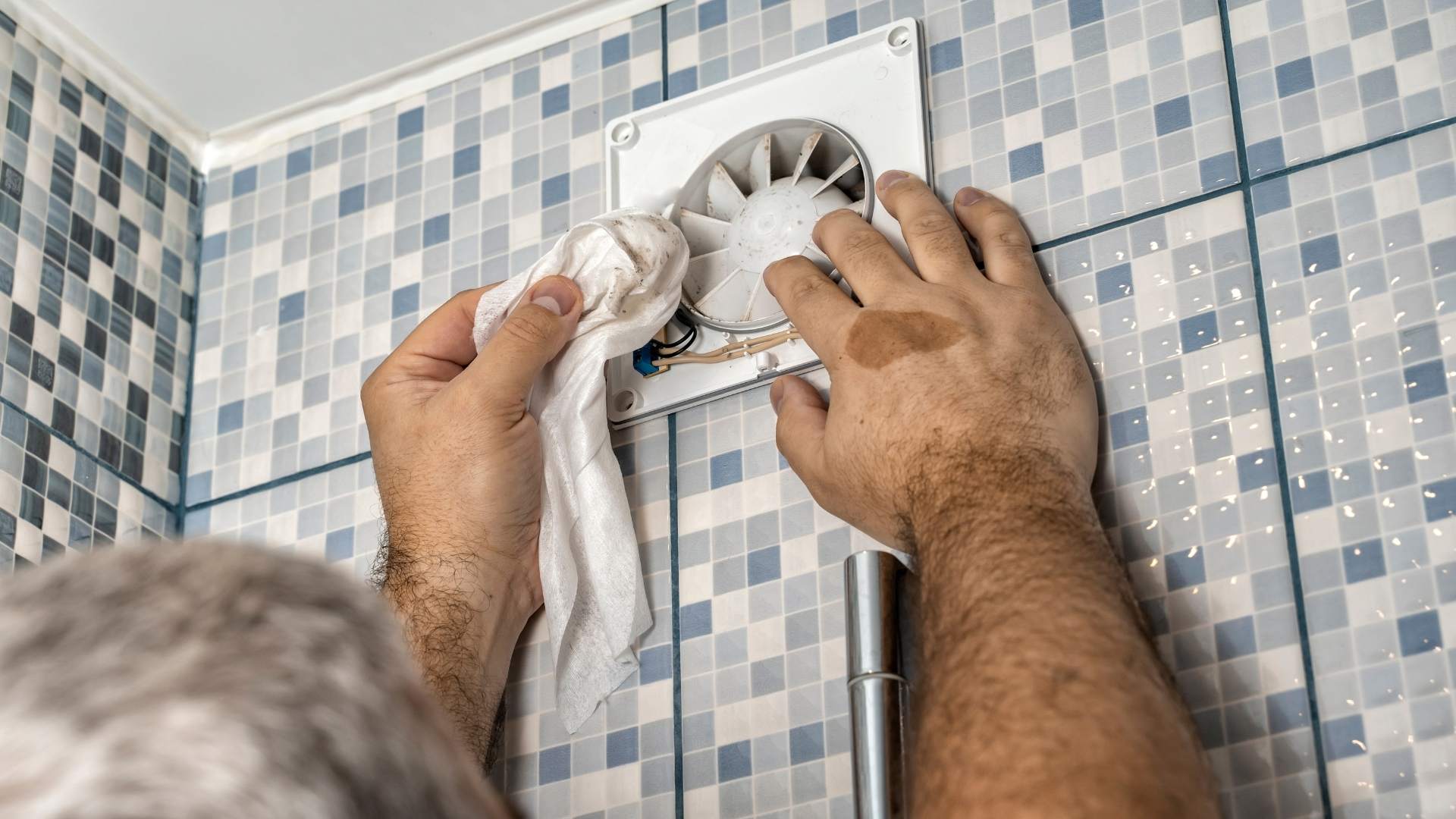
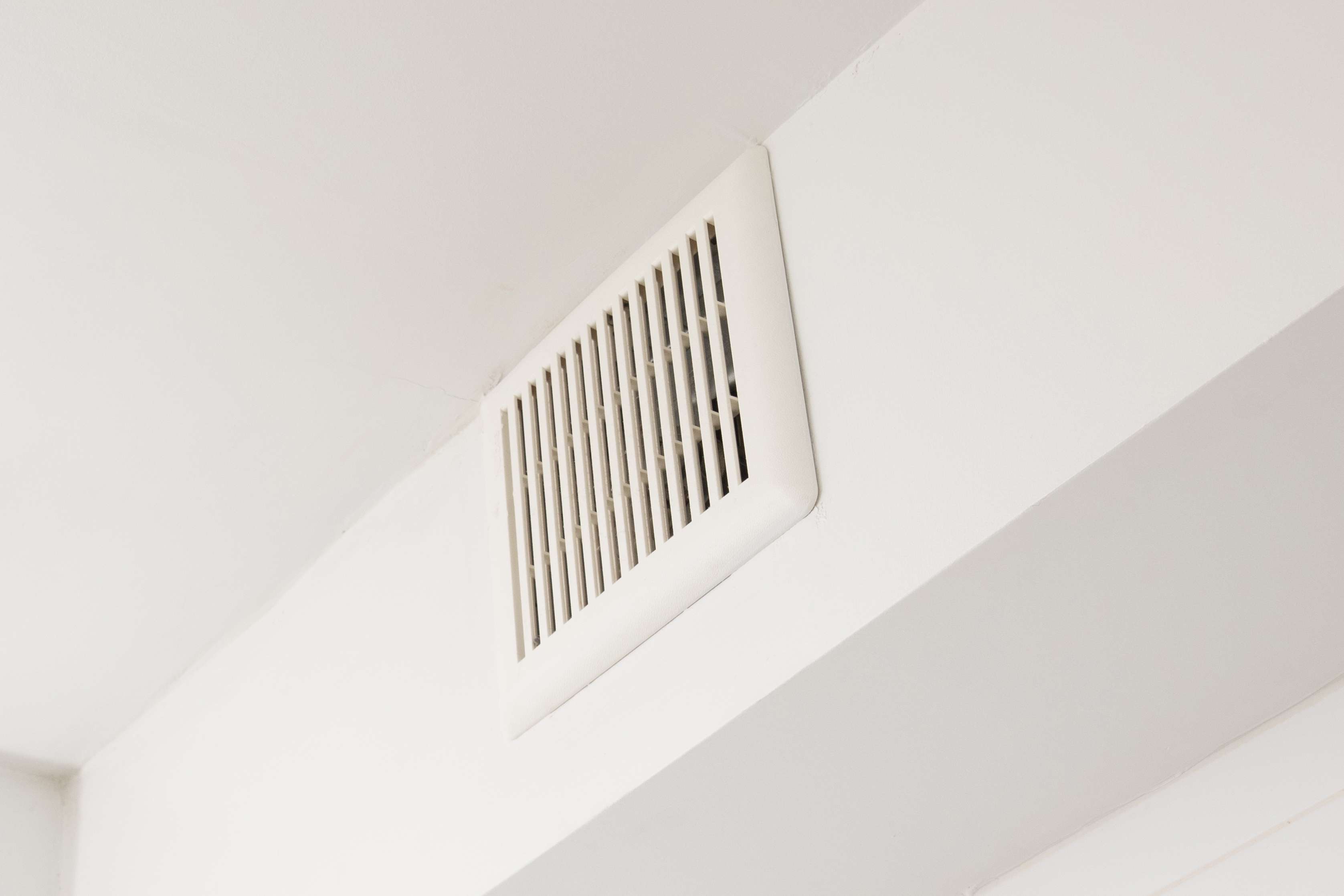
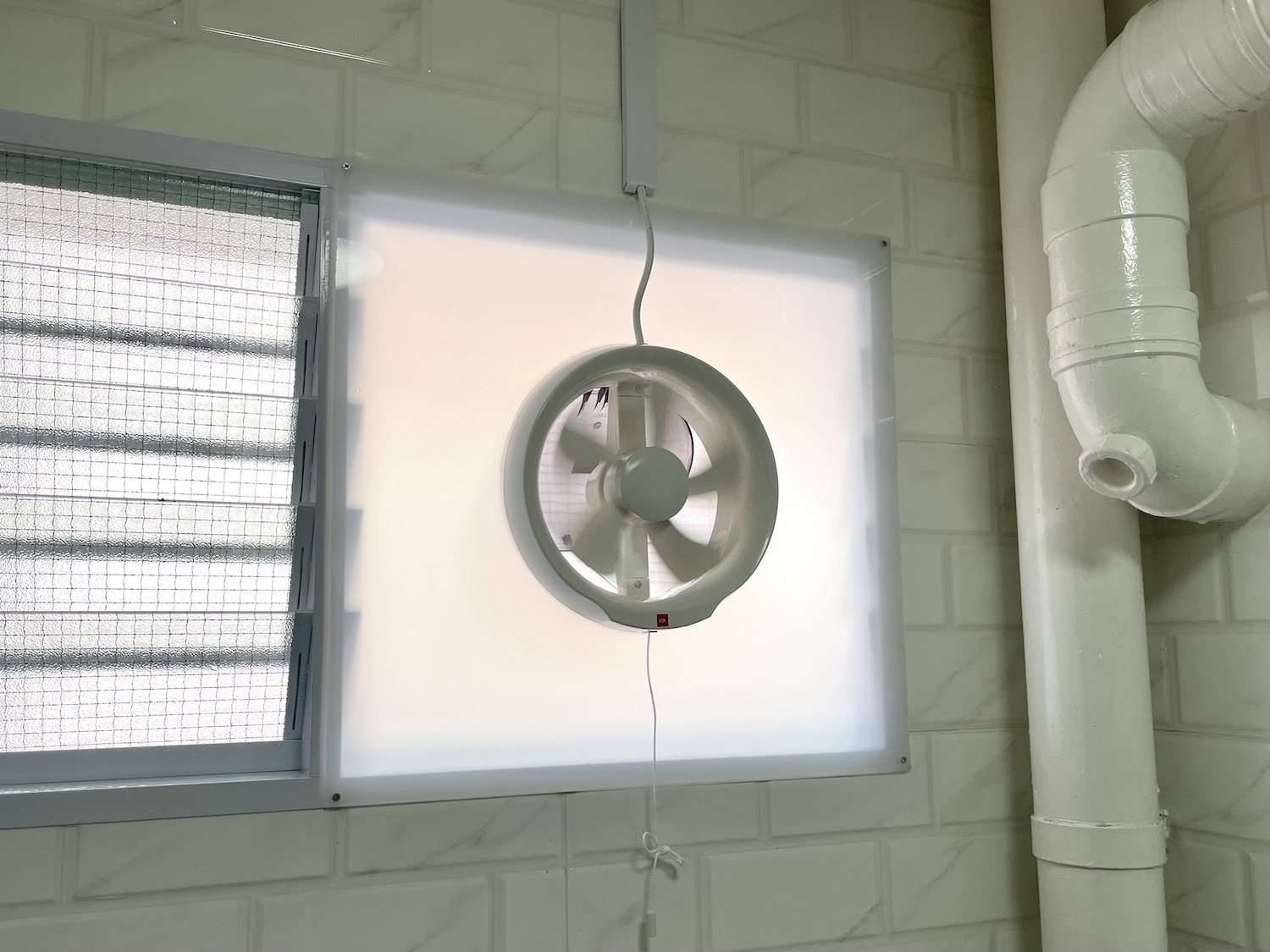
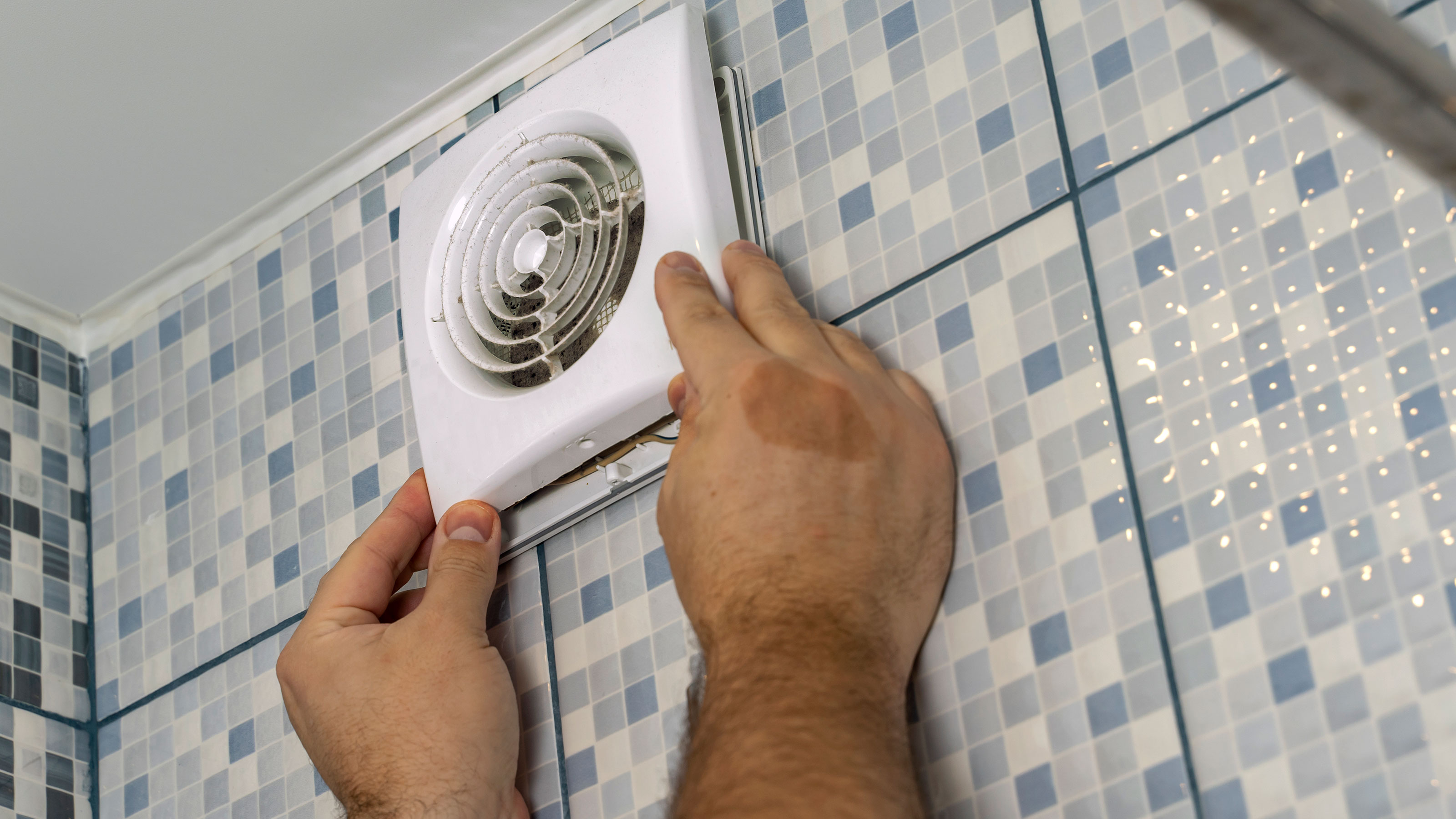
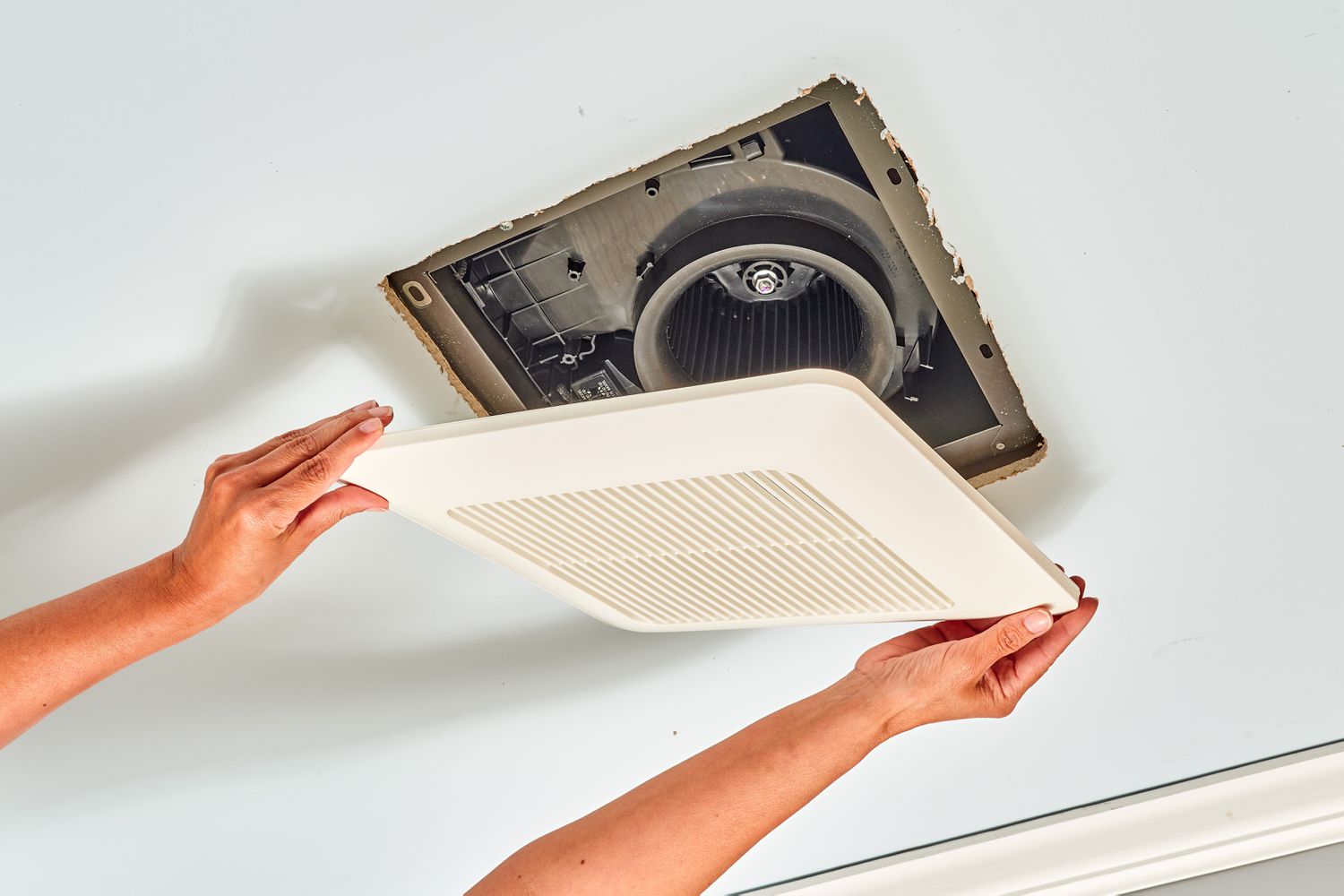
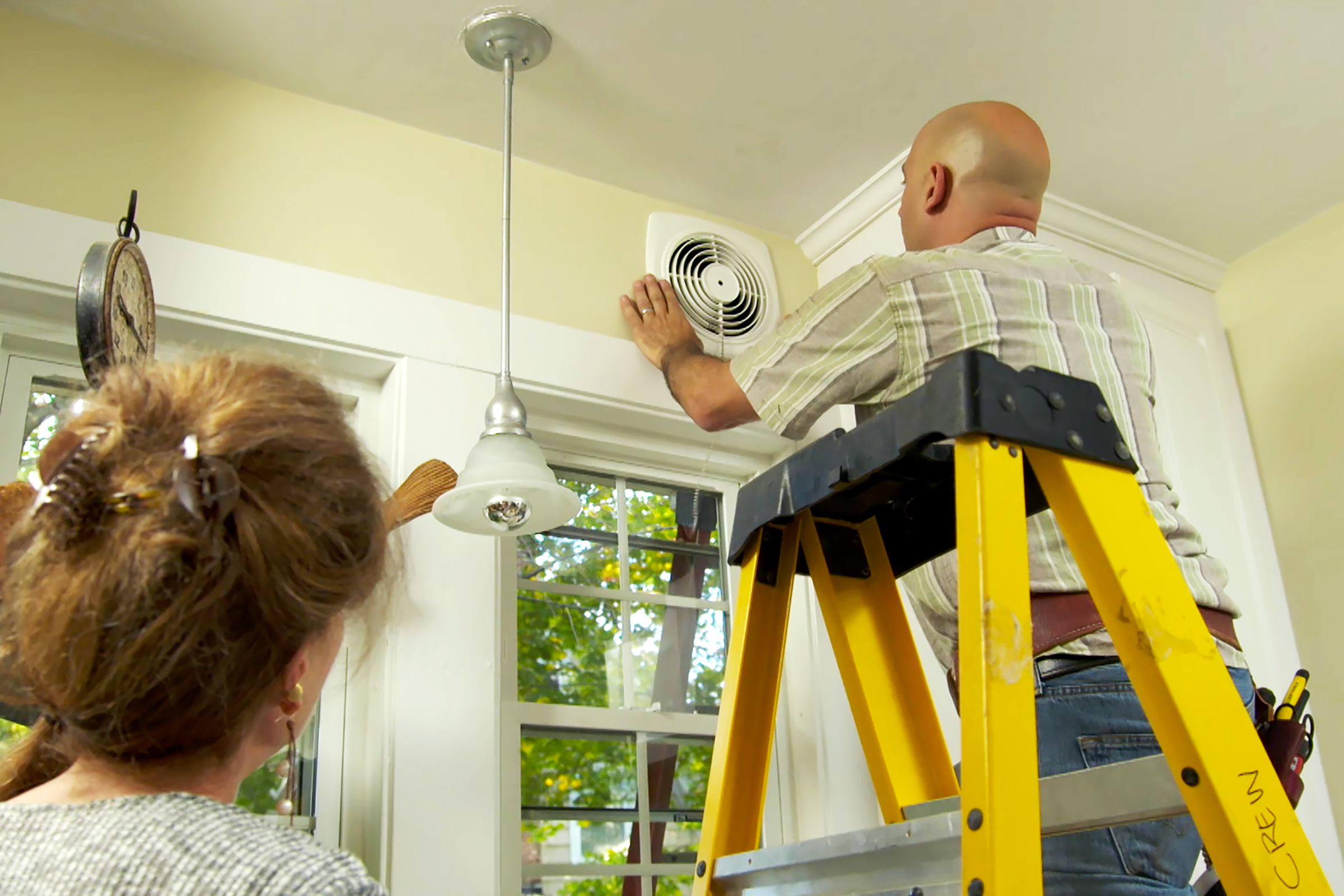
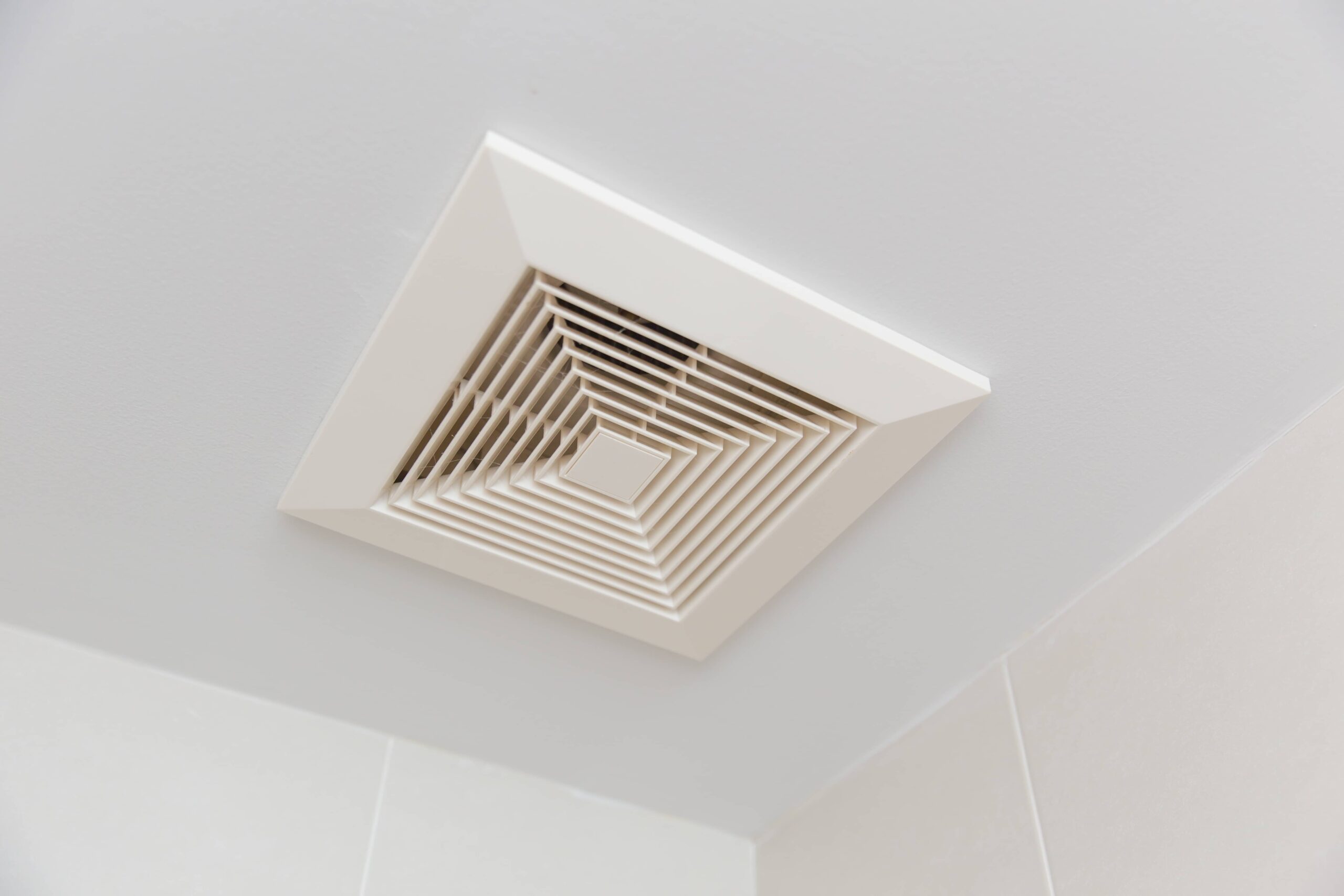
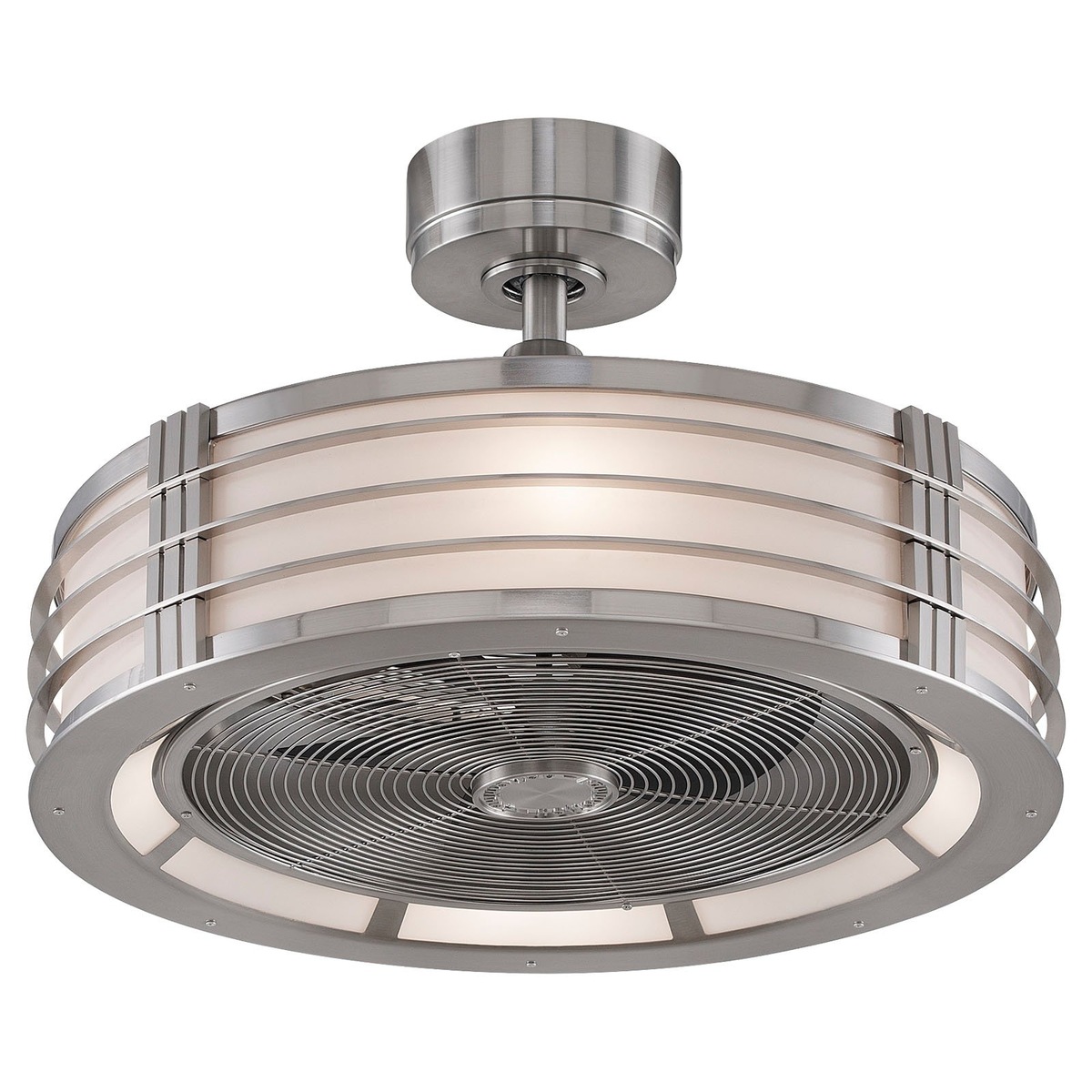
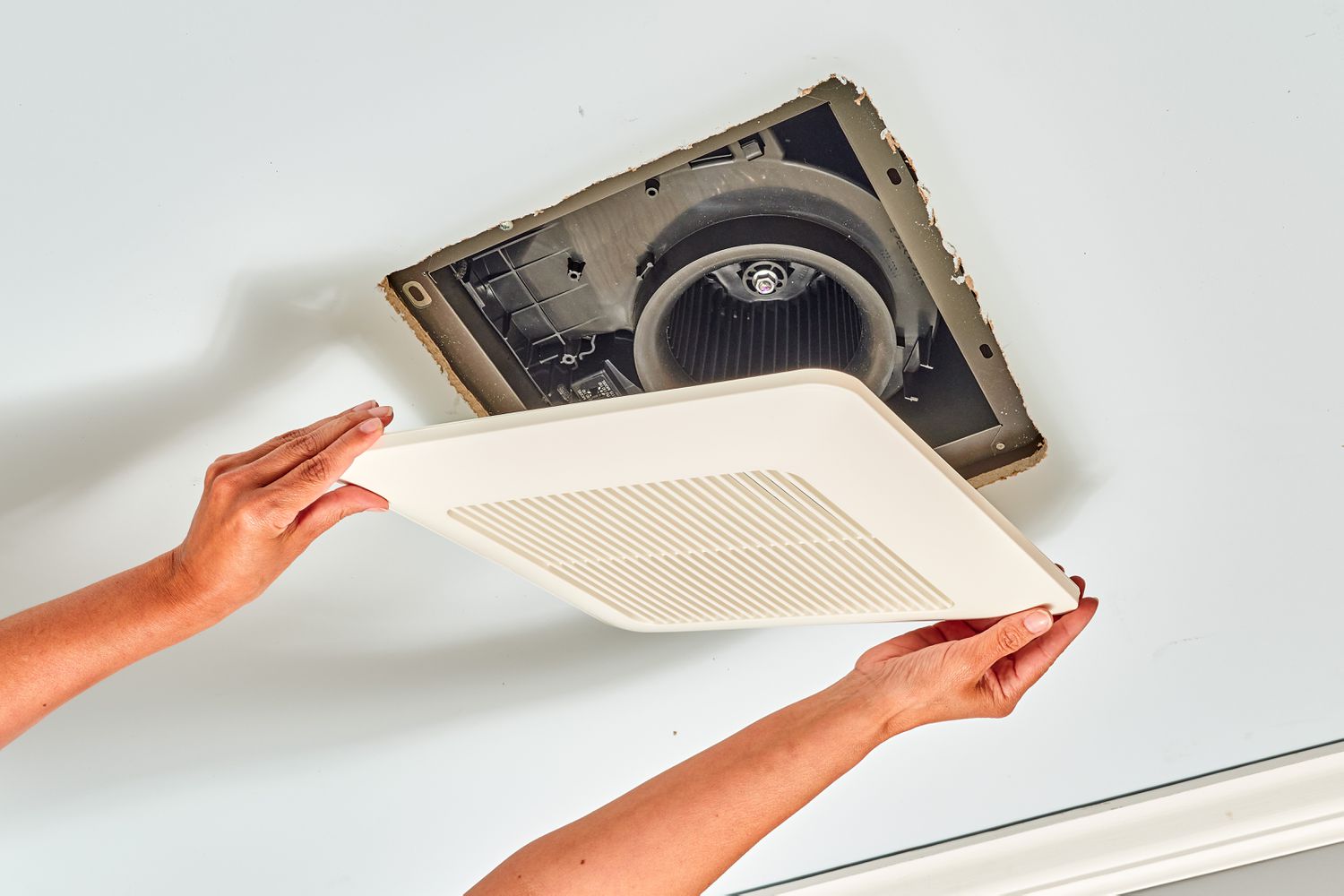
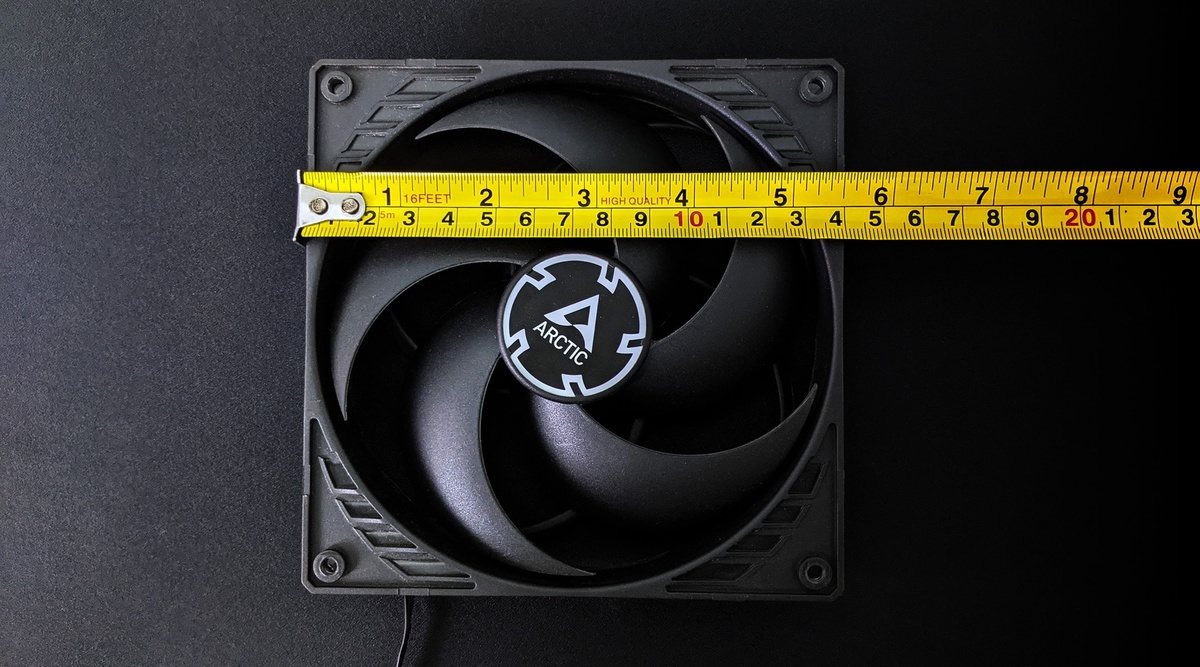
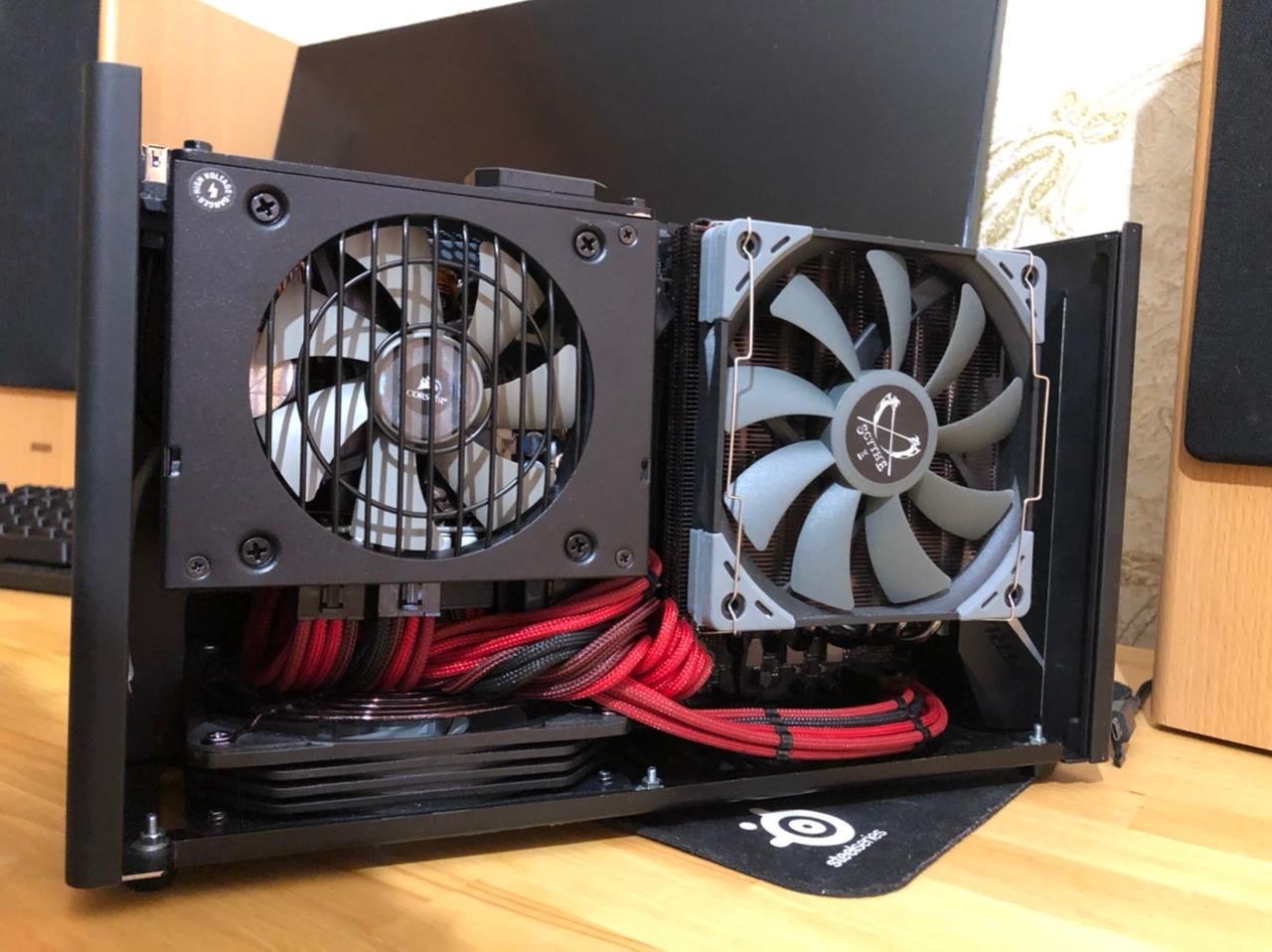
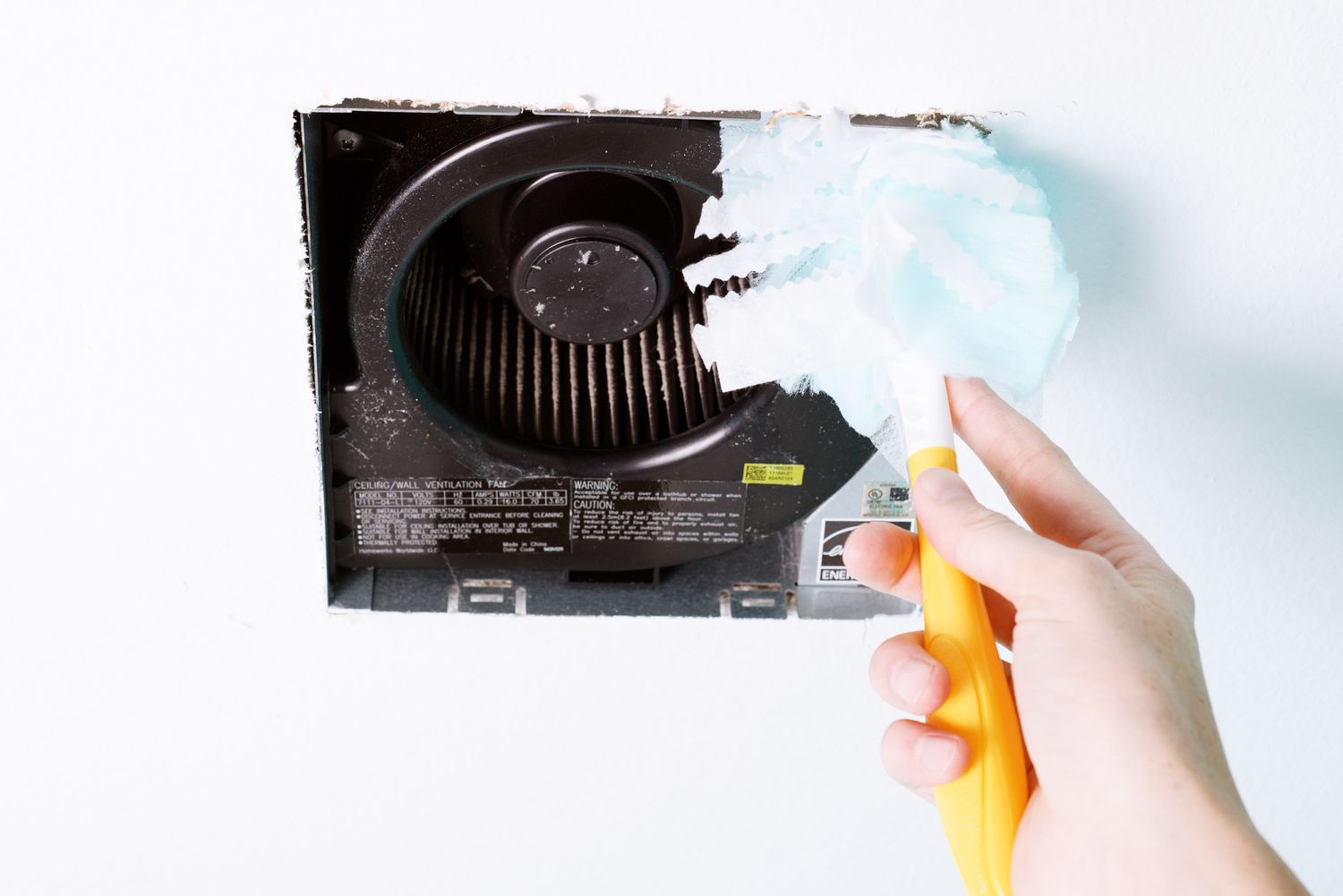
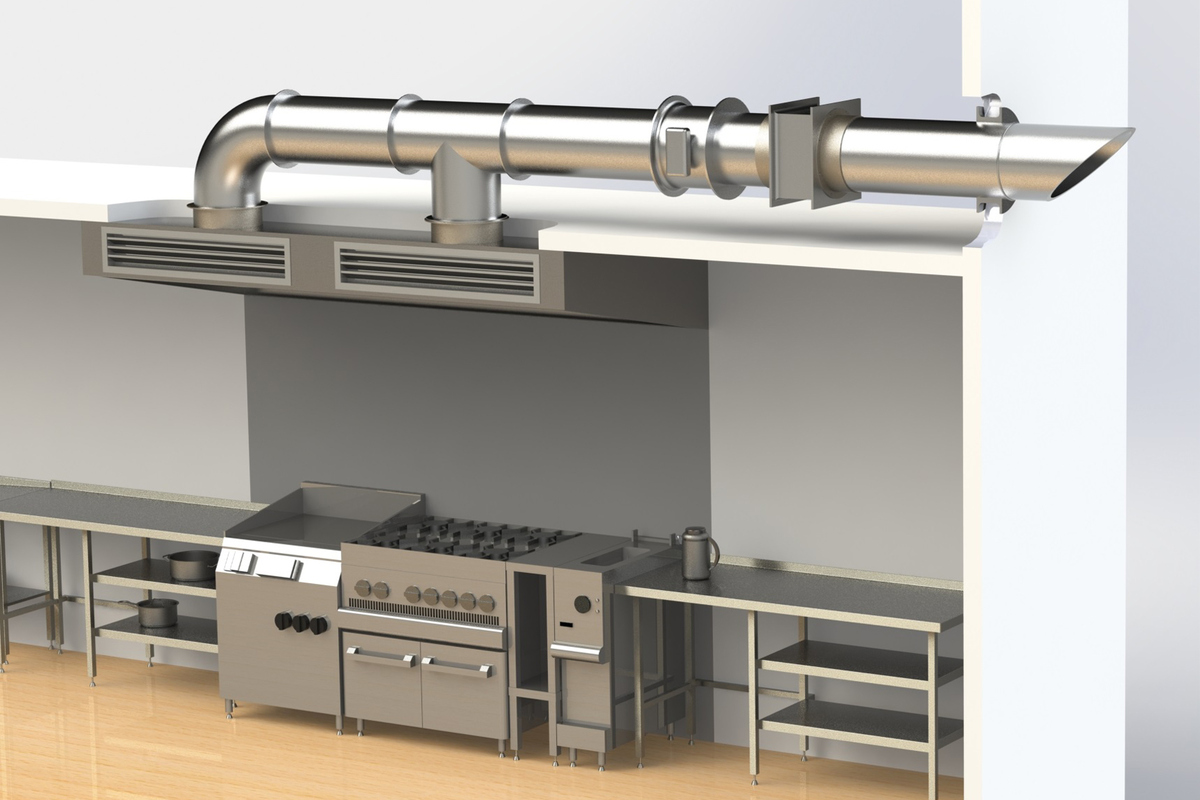
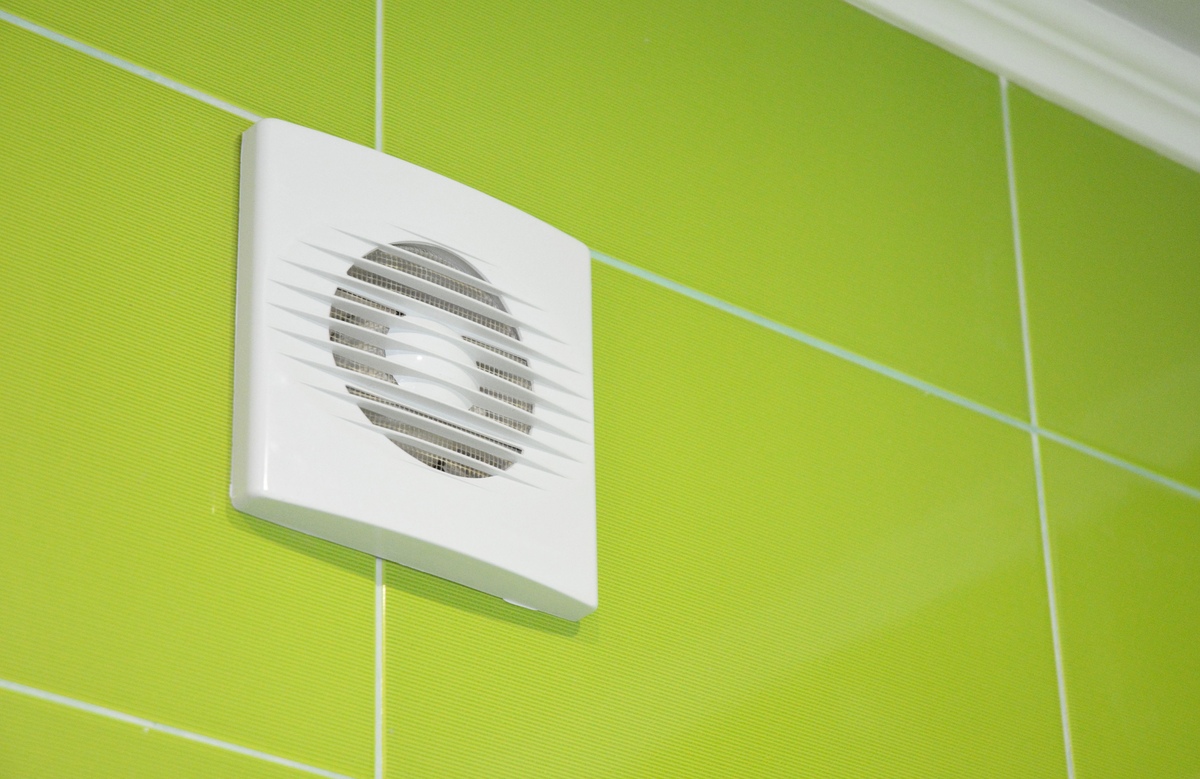

0 thoughts on “How To Fix Bathroom Exhaust Fan”